The blockchain ecosystem is in its heyday. Behind the scenes is Ethereum, which has been pursuing change and innovation under the vision of a "universal network" that anyone can engage in.
Ethereum developer Tim Beiko is considered one of the most influential figures in the cryptocurrency industry, contributing to Ethereum's many milestones, including the implementation of large hardforks in 2021 and the introduction of Ethereum Improvement Plan(EIP).
Blockchain Magazine ‘BBR’ looked into the past and future of Ethereum through Tim Beiko's story.
Q, Please introduce yourself and your company briefly. When and how did you enter the world of cryptocurrency and blockchain?
My name is Tim Beiko and I work at the Ethereum Foundation. There, I run what are called the “AllCoreDevs calls”. These calls are where protocol developers and researchers come together to propose, debate and implement changes to the Ethereum protocol.
I first heard about blockchain in 2013, when a friend of mine who was interested in several odd things told me about Bitcoin. It seemed like an interesting project so I bought some and began following the space. A few years later, that same friend told me about Ethereum. I didn’t pay attention to it at first, but then when I heard about TheDAO, a project which was aiming to build an on-chain VC fund, I got interested. I bought some ETH so I could contribute to TheDAO, which unfortunately got hacked shortly after!
The next few weeks were quite the introduction to blockchain: after TheDAO was hacked, there was a proposal for an emergency hard fork on Ethereum to recover the funds. The fork was agreed to by the community, but a subset of people were not happy and decided to revive the pre-fork chain under the name “Ethereum Classic”. This forced me to understand how blockchain forks work, how to safely store my coins on both chains, etc. while still being very new to the space.
After TheDAO, there wasn’t much activity on Ethereum. It wasn’t until late 2016/early 2017 that I started noticing interesting things again. By that point, there were more projects launching their crowdfunds on Ethereum and it seemed like there was demand to use the network again. By the summer of 2017, at the peak of the ICO craze, it was clear that the demand for Ethereum was massive. That said, using the network was still hard, and a lot of the infrastructure was unreliable.
That was the moment I decided to work full time in the space: I knew that even if all these ICOs failed, there would be other projects in the future built on Ethereum. In the meantime, there was a ton of work to do at the infrastructure & protocol level to make things more robust.
It took me a while to find a full time job in the space, but in late 2018 I joined ConsenSys as a product manager working on their Ethereum client, Hyperledger Besu (then known as Pantheon). I learned a lot working on an Ethereum client and got to work on several exciting technical initiatives as part of ConsenSys.
In late 2020, an opportunity opened up with the Ethereum Foundation as the person who had been managing the AllCoreDevs calls wanted to move on. This felt like a natural evolution which would allow me to spend all of my time on the part of Ethereum that excited me the most, the Ethereum mainnet.
I have now been doing this role for just over one year, and couldn’t be more excited about the future of Ethereum!
Q. You have been working as a key member of Ethereum development for a long time. What was the most impressive event or process during that time? On the contrary, when was the most difficult time?
This fall, all the protocol developers and researchers met together in Greece to prototype Ethereum’s transition to proof of stake. There was such a great energy in this workshop because it was the first time everyone got together since the start of COVID and all attendees were extremely passionate about finally moving Ethereum to proof of stake. We worked incredibly hard, reached all the milestones we had set, and got to know other contributors to the project on a deeper level.
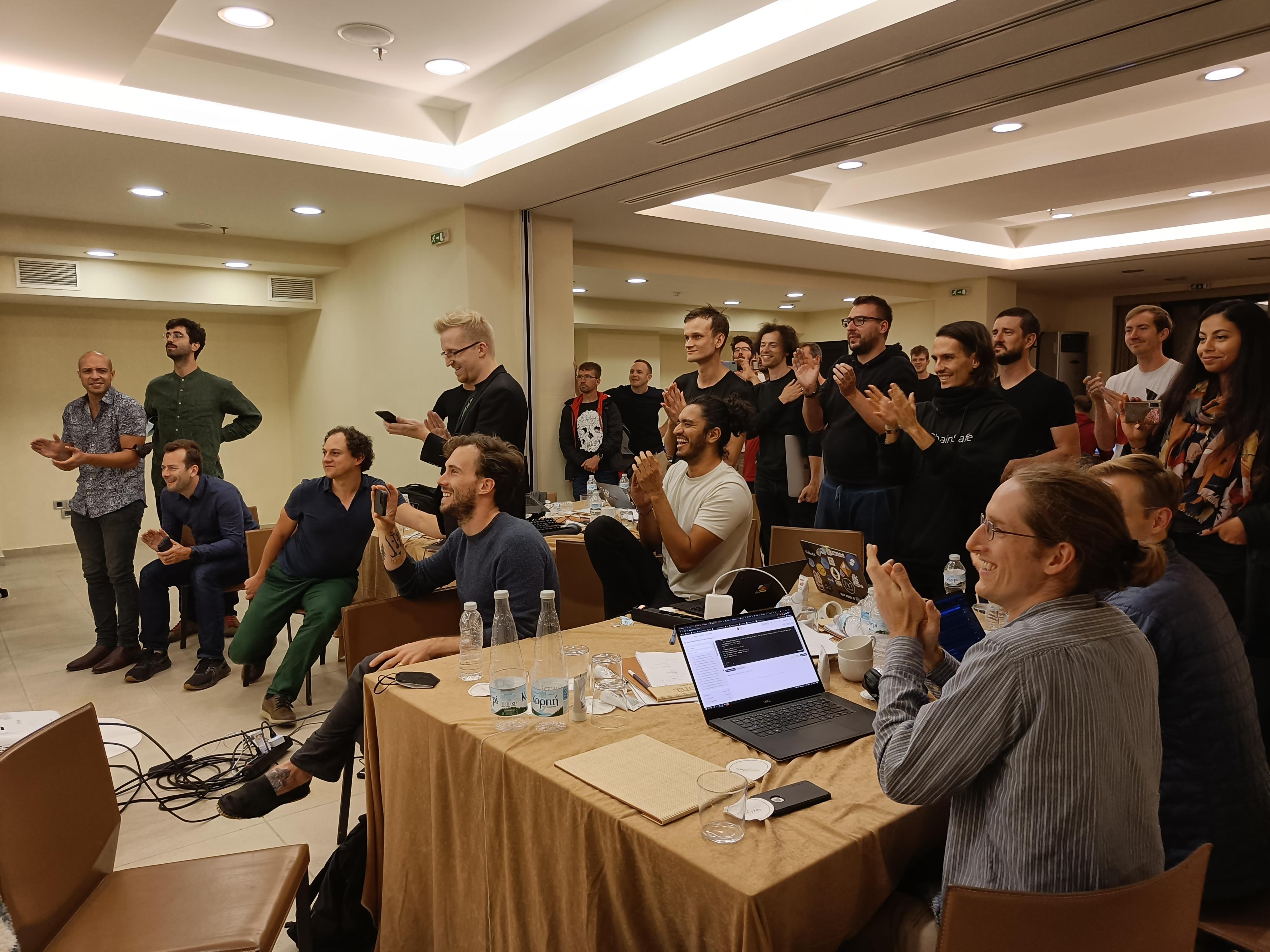 During the crypto-winter of 2018/19, it was not obvious that the Ethereum mainnet would be the main driver of value for blockchain. At the time, there were a lot of smart people arguing that private networks, run by a number of corporations and organizations, would be more successful and attract the majority of talent and economic activity. I personally believed (or at least hoped!) that public blockchains would be the most valuable and durable thing to be built. I now am confident I was right, but it was hard to stay convinced when everything was in a depressed state.
During the crypto-winter of 2018/19, it was not obvious that the Ethereum mainnet would be the main driver of value for blockchain. At the time, there were a lot of smart people arguing that private networks, run by a number of corporations and organizations, would be more successful and attract the majority of talent and economic activity. I personally believed (or at least hoped!) that public blockchains would be the most valuable and durable thing to be built. I now am confident I was right, but it was hard to stay convinced when everything was in a depressed state.
 Q, What do you think is the key factor that made Ethereum the main infrastructure of the cryptocurrency ecosystem?
Q, What do you think is the key factor that made Ethereum the main infrastructure of the cryptocurrency ecosystem?
Ethereum was launched with the vision of providing a general-purpose blockchain for developers. Vitalik Buterin, one of Ethereum’s founders, describes a lot of competing blockchains prior to Ethereum as “Swiss army knives”, which could do a handful of things well but where it was extremely hard to add new functionality once launched.
Ethereum is closer to an operating system, where we have a very general virtual computer, the Ethereum Virtual Machine (EVM), on which application developers have much more flexibility with regards to what they can build. This design, as well as the constant improvements we’ve made to EVM over the years and a culture favouring experimentation, has made Ethereum the cornerstone of the blockchain world.
Q, Based on Ethereum, DeFi and NFT are booming. This is greatly raising public interest in the cryptocurrency ecosystem. I wonder what you think of this phenomenon.
At a high level, I think DeFi and NFTs show that the Ethereum ecosystem is extremely innovative. Several new industries have emerged on top of Ethereum in a short period of time and it’s exciting to see some of them now gaining mainstream traction. Both of these trends allow end users and creators to have more control over their assets, enable anyone to contribute new ideas and are independent of geographical boundaries.
That said, I think DeFi and NFTs have some fundamental differences. One one hand, DeFi caters best to “professional” users, who are deep in the blockchain space. As the name suggests, De(centralized)Fi(nance) enables the financial world to move from centralized venues to open networks. While the benefits of this can be shared to a broad set of users via simple interfaces, a lot of the more intricate products are built for sophisticated power users.
NFTs, on the other hand, have opened up the blockchain world to a much broader audience. We’ve seen masses of people coming into the space to purchase or issue their first NFT, and several cultural icons have started displaying their NFTs on their online profiles. I am very excited by trend, because it shows a blockchain use case where taste and culture matter just as much as technology. I hope we see more of this in the future!
Q, Many infrastructures are emerging as Ethereum counterparts. Do you think Ethereum can maintain its current position?
One of Ethereum’s core principles is that the network should be decentralized and permissionless. This means that Ethereum is designed in a way where the barrier to participate in the network validation is kept low and using the network is open to anyone. In order to achieve this, Ethereum needs to purposely keep the amount of transactions it can process low. Otherwise, it would require a professional data center or operational team to run a node on the network, which centralizes its control. The downside of this is that when there is a lot of demand to transact on the network, fees spike, preventing some users from getting their transactions included at a reasonable price.
Several other blockchains have emerged over the years who decide to be more centralized in order to offer end users lower transaction fees. While these are obviously great alternatives for users until Ethereum can scale, they do not benefit from the security properties which result from Ethereum’s decentralization.
That said, I am optimistic that Ethereum can maintain its lead as a blockchain network as more scaling solutions come online. Broadly categorized as “Layer 2 solutions”, projects such as Arbitrum, Optimism, Starkware and ZKSync allow users to transact on a separate network which is connected to Ethereum and inherits its security properties.
Because transactions are executed on a separate network and only disputed on the main Ethereum network if an error is suspected, they are much cheaper for end users. Several people in the Ethereum community have dubbed 2022 as the year these Layer 2 solutions go mainstream: keep an eye out for the #L222 hashtag on Twitter!
Q, If you score Ethereum's development in 2021?
2021 was an incredible year for Ethereum development, easily one of the best. First, in April, we released the Berlin hard fork which fixed some longstanding security issues on the network. Then, in August, we had the London hard fork which overhauled the transaction fee market on Ethereum. Prior to London, transaction fees on Ethereum were determined via a first price auction, which means on average users ended up overpaying for transactions.
The London upgrade activated EIP-1559, which introduced an in-protocol minimum fee for transactions that tracks the demand for transacting on the network. In other words, our previous transaction fee model was similar to trying to purchase a house in a competitive market. You make a bid, but can’t see others’ bids and even if your bid is accepted, you likely overpaid given that your bid is unlikely to be just above the second highest one.
Under the new model, sending a transaction is a bit more like ordering a Uber or Grab: there is a price shown, which might go into “Surge Pricing” mode if a lot of people want to transact at the same time, but if you choose to pay it, you can be confident it was the correct market price. Of course, all of this is abstracted from the average user and configured automatically in their Ethereum wallet. For end users, it just means less pending transactions, more accurate fee estimations, and quicker inclusion on average.
Beyond the improvement to the user experience, EIP-1559 also improved the Ethereum network’s economics. The minimum fee for each transaction, which used to be sent to miners, now gets burned by the network. This means that as more people want to transact on the network, more and more of the Ether supply gets burned, creating a value accrual mechanism for the network based on its usage. Between August 2021, when London went live, and January 2022, roughly 1.5 million Ether was burnt!
In addition to Berlin and London, 2021 also saw the Ethereum Beacon Chain’s first upgrade: Altair. The Beacon Chain is Ethereum’s proof of stake engine, launched in December 2020. In order to ensure it was safe in production with large amounts of funds, it was launched in parallel to the Ethereum proof of work chain.
The Beacon Chain now has about 9 million ETH staked. Altair, which went live in October, was the first time the Beacon Chain was upgraded since launch. It brought in several improvements, but mainly served as a way to test the Beacon Chain’s upgrade mechanism in production. This upgrade lays the foundation for making the Beacon Chain Ethereum’s core consensus engine and transitioning the network fully to proof of stake in 2022.
Q, What are the major technological changes and prospects in Ethereum expected in 2022? What are the changes that ordinary users can experience through such technology improvements? And What is the Ethereum's final and ultimate goal or blueprint?
The main upgrade coming to Ethereum in 2022 is the full transition to proof of stake. As mentioned previously, the Beacon Chain currently runs in parallel to the proof of work chain. In the first half of 2022, we expect to merge both chains together, in order to rid Ethereum of its dependency on proof of work. This change should reduce Ethereum’s energy consumption by over 99%!
Beyond that, we also expect to see several improvements in terms of the type of computation that can run on Ethereum, which will enable developers to create new types of applications for end users. These type of changes often take time to be felt by end users, but they lay the foundation for new innovations to be built, just like how the Ethereum of 2017 enabled DeFi, NFTs and DAOs to go mainstream today.
Outside of the core protocol, the main thing to expect in 2022 is a migration to Layer 2 solutions for most applications and users (again, #L222!). This will result in much lower fees for users of Ethereum and the possibility to onboard many more people to the ecosystem!
Over the long term, Ethereum aims to provide a decentralized, permisionless, scalable and sustainable platform for economic and social coordination of all kinds. We work hard to adhere to these values, even if it means short term challenges such as high fees, because we are building for the long term.
I believe that Ethereum can become the base layer for new types of institutions, organizations and even individual collaboration frameworks to emerge which are not tied to any particular country or jurisdiction. To do that, we need to ensure that the system is available to all and impossible to capture or corrupt.
Q, Lastly, please share anything you want to say to Korean readers.
Thank you for reading this! If you have any suggestions about how to best educate the Korean community on Ethereum, please reach out to me at [email protected]. On a more personal note, I would love to eventually visit Korea! My dog is actually from there, he is called DoDam and is a Jindo/Shiba mix that we rescued from a shelter near Seoul.







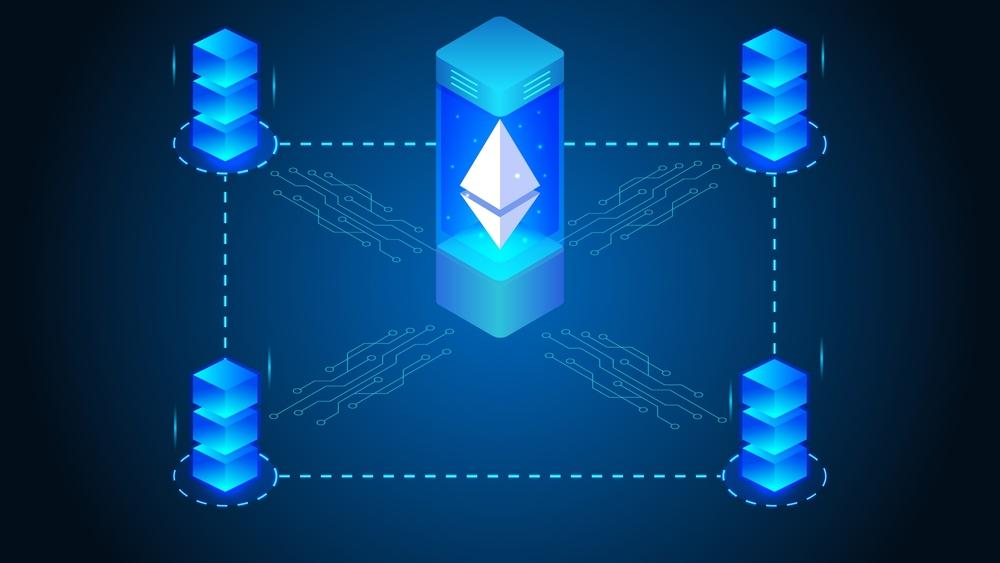
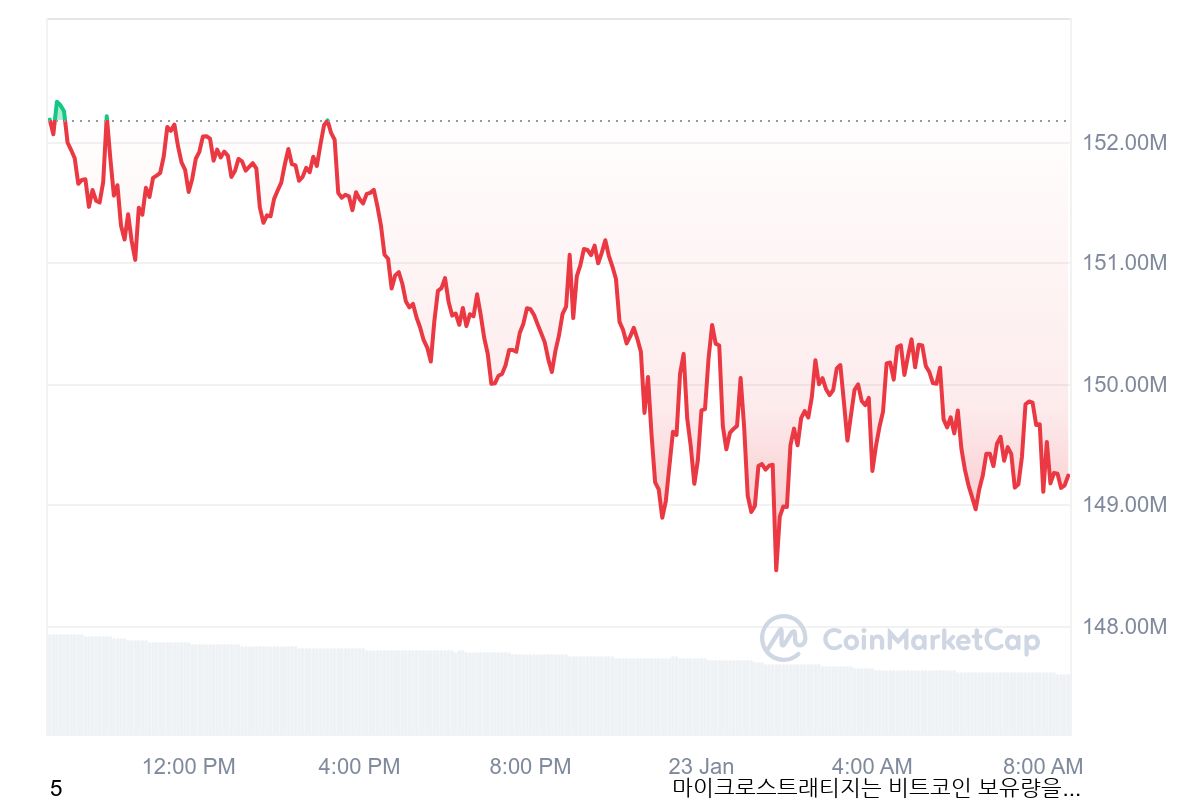











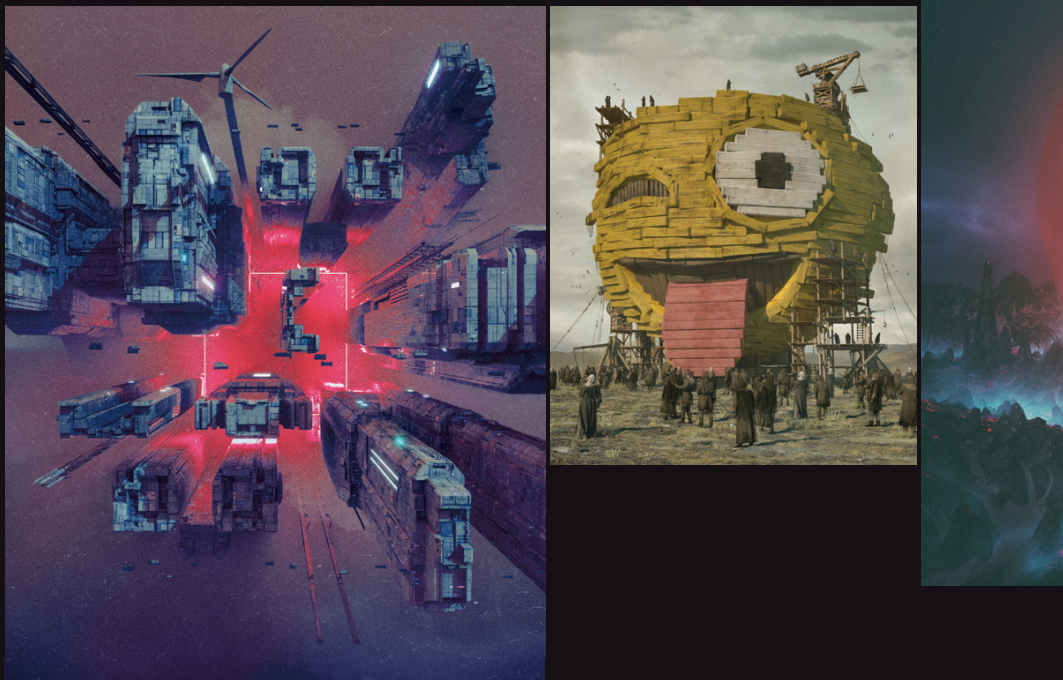
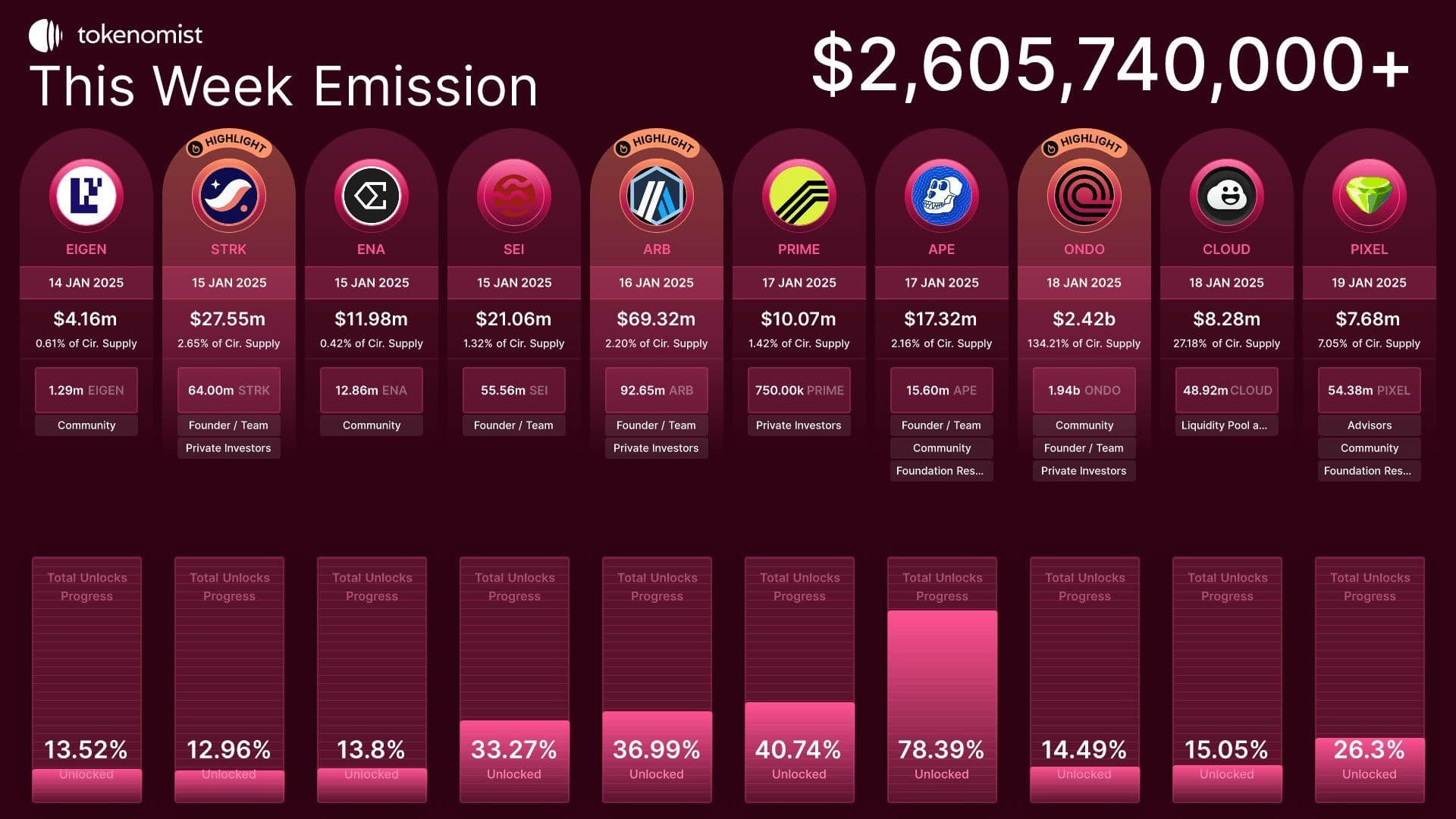
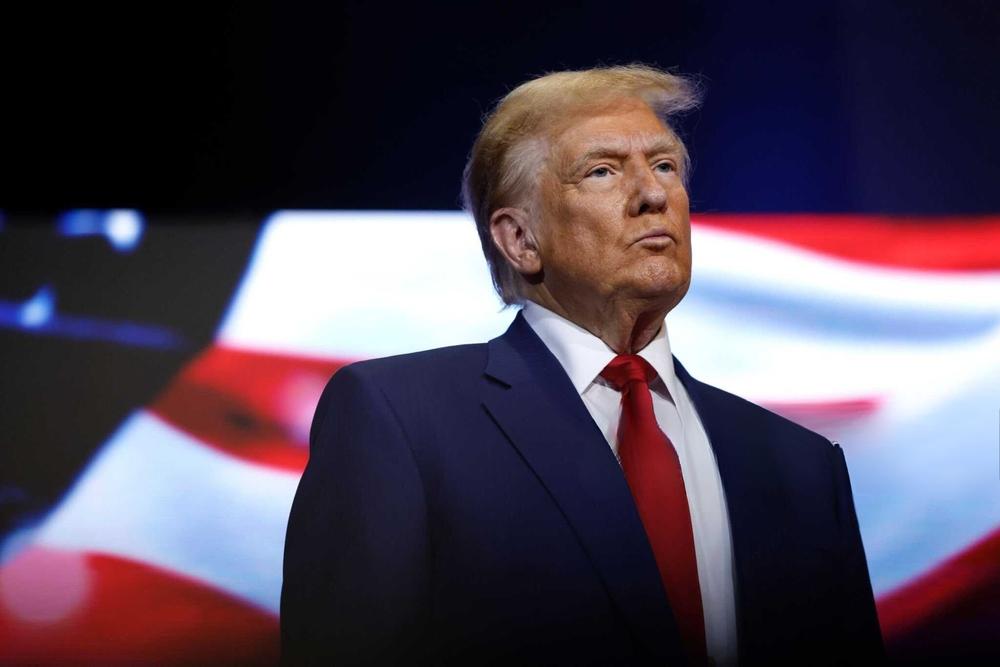




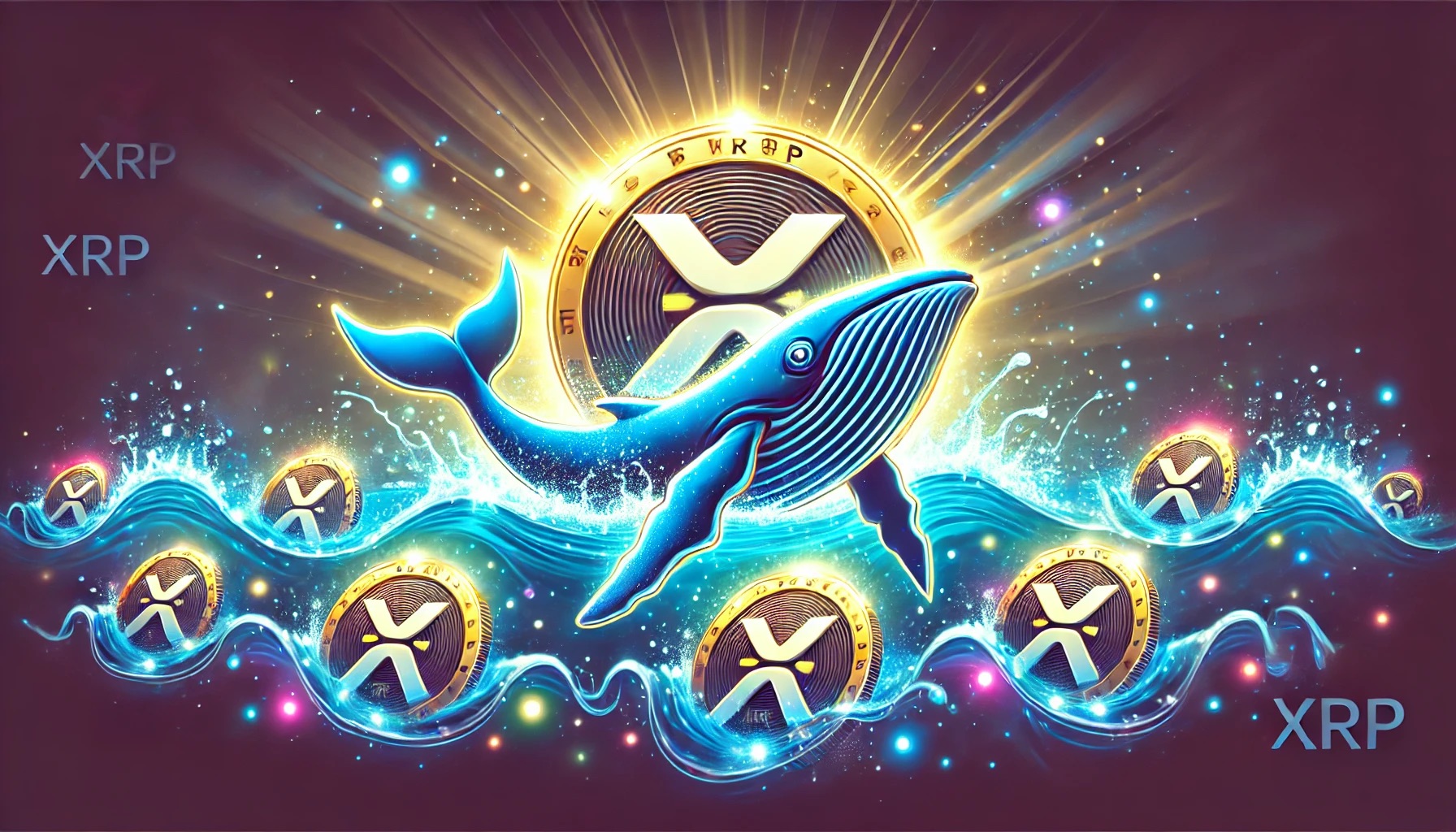


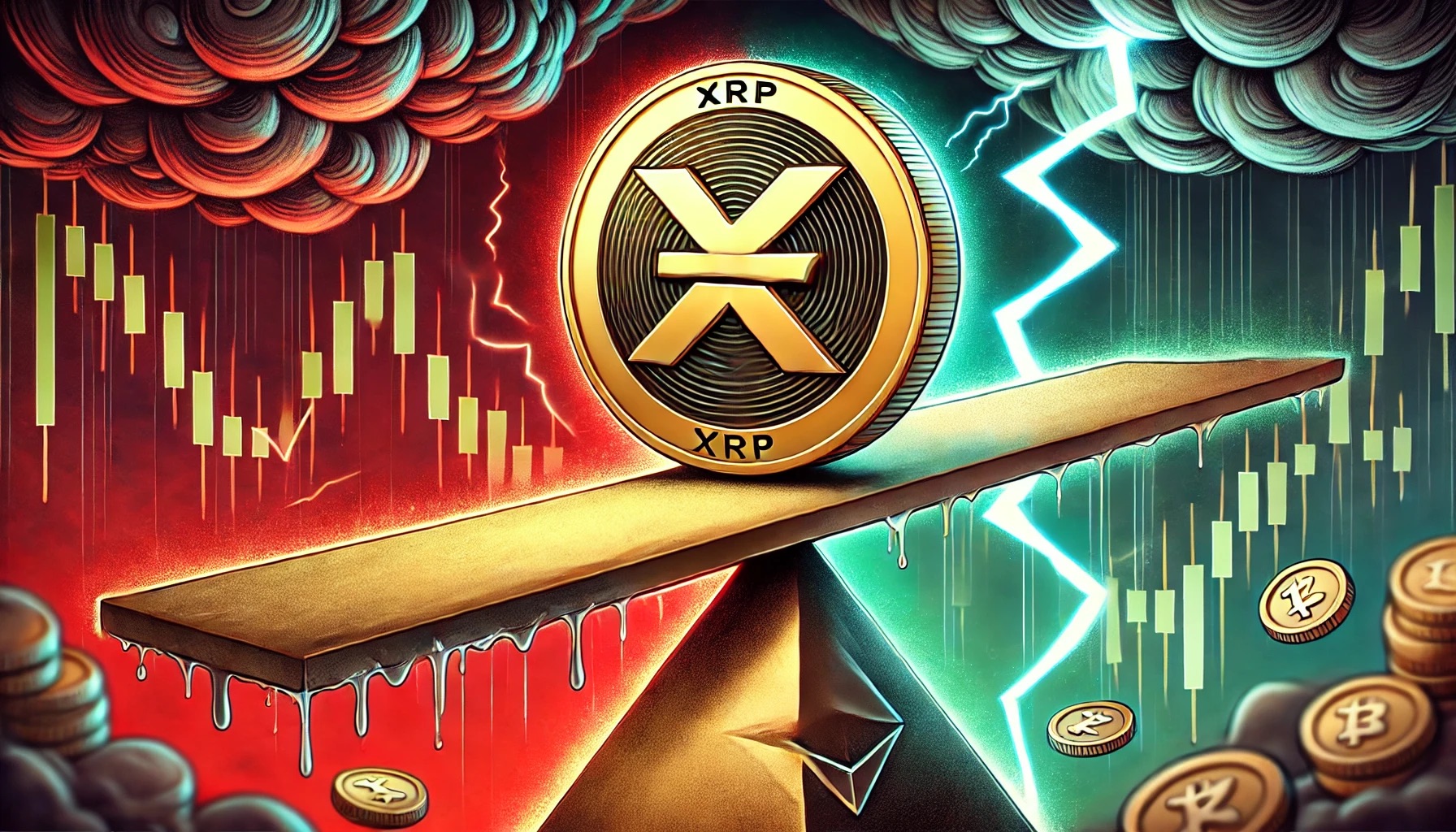
Comment 25